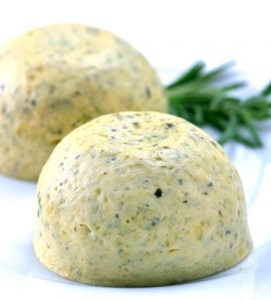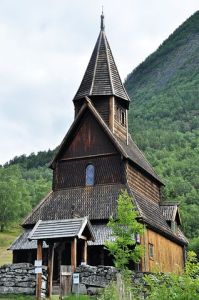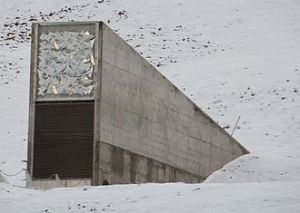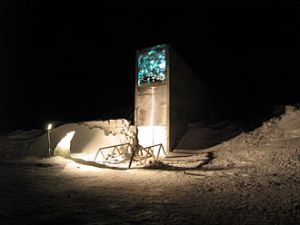If you subscribe to Disneyland’s claim of “the happiest place on earth”, you’re really talking about the several happiest places on earth. Besides the original parks in California and Florida you now have more exotic locales like Tokyo, Shanghai, and Paris – a total of twelve Disney theme parks across the globe. Now throw in Hawaii’s Aulani (Disney) Resort & Spa for a baker’s dozen. But do a search on “the happiest place on earth” and nothing remotely close to the lands of Disney comes up. Instead, you get the land of the Finns.
 Maybe you haven’t heard of the World Happiness Report? I have. I first blogged about it five years ago in my post, Happy Days Aren’t Here Again. Back then I wasn’t lamenting the fact the UN established a rather desperate-sounding holiday (“International Day of Happiness” – March 20th). Rather, I was un-happy the United States ranked #14 in the holiday’s companion report. Thirteen countries, including #1 Norway, were happier places on earth. To make matters worse, the U.S. had been slipping in the happiness rankings since the first report in 2013. This year? The Americans dropped again, to #16.
Maybe you haven’t heard of the World Happiness Report? I have. I first blogged about it five years ago in my post, Happy Days Aren’t Here Again. Back then I wasn’t lamenting the fact the UN established a rather desperate-sounding holiday (“International Day of Happiness” – March 20th). Rather, I was un-happy the United States ranked #14 in the holiday’s companion report. Thirteen countries, including #1 Norway, were happier places on earth. To make matters worse, the U.S. had been slipping in the happiness rankings since the first report in 2013. This year? The Americans dropped again, to #16.

An objective report on happiness sounds a little ridiculous but when one country (Finland) ranks “happiest” five years running, you sit up and wonder what you’re missing with Laplander life. Consider the variables in the happiness report calculation:
- Healthy life expectancy
- GDP (goods and services) per capita
- Social support in times of trouble
- Low corruption
- High social trust
- Generosity to the community
- Freedom to make key life decisions

Maybe you assume Finland’s proximity to Ukraine (and Russia) puts it in a nonpareil position to earn high marks for say, “social support” and “generosity to the community”. But this year’s rankings were determined before Russia’s invasion. Finland was already socially supportive and generous (and apparently “happy”). So, does Finland come to mind when you consider the list above? It doesn’t for me, but I will say this. The Finns enjoy day-to-day living. On a Baltic Sea cruise a few years ago we spent several hours in the capitol city of Helsinki, where we had the chance to observe the locals. What were they doing? Sunning themselves in the parks on an unusually warm day. Shopping in open-air markets. Children walking home from school unattended. Peace and quiet wherever you looked. Happiness.

Let’s visit some of the other happier-than-America countries. There must be something good in Baltic Sea water because Norway, Sweden, and Denmark also make the top ten. Iceland skates in at #3, which almost makes for a clean (and happy) sweep of the Nordic countries. Switzerland (#4) and New Zealand (#10) are also “happiest”, and I can think of several reasons to spend time in both places.
 As the song goes, “don’t worry, be happy”, but I confess I’m a little concerned about happiness here in America. We need to step up our feel-good game from more than just Disney theme parks. Maybe post those seven criteria on our refrigerators as regular reminders. Or, spend more time in saunas like the Finns do. Otherwise, it may be time to pick up and move further north. After all, happiness beckons.
As the song goes, “don’t worry, be happy”, but I confess I’m a little concerned about happiness here in America. We need to step up our feel-good game from more than just Disney theme parks. Maybe post those seven criteria on our refrigerators as regular reminders. Or, spend more time in saunas like the Finns do. Otherwise, it may be time to pick up and move further north. After all, happiness beckons.
Some content sourced from the CNN Travel article, “The World’s Happiest Countries for 2022, and Wikipedia, “the free encyclopedia”.
——————–
Lego Grand Piano – Update #16
(Read about how this project got started in Let’s Make Music!)
Every piano keyboard demands a cover to keep it clean. Bag #16 – of 21 bags of pieces – was entirely dedicated to the protection of the keys. As the photos show, the keyboard cover hinges gracefully up and down, blending seamlessly with the rest of the black piano frame.
 A word about leftover pieces (another 3 this week). I need to be more thankful they’re “leftover” and not “missing”. I swear I was shorted an important piece this time around (and maybe I really did swear). But as usual, there it was in plain view in my pile of pieces. I’m grateful to the human or the machine making sure every last piece was included in my Lego Grand Piano box.
A word about leftover pieces (another 3 this week). I need to be more thankful they’re “leftover” and not “missing”. I swear I was shorted an important piece this time around (and maybe I really did swear). But as usual, there it was in plain view in my pile of pieces. I’m grateful to the human or the machine making sure every last piece was included in my Lego Grand Piano box.
Running Build Time: 12.0 hours. Musical accompaniment: Tchaikovsky’s 1812 Overture. Leftover pieces: 3
 Conductor’s Note: Peter (or Pyotr, if you prefer) Tchaikovsky’s 1812 Overture was an interesting choice for this week’s build, because I completed the keyboard cover before 8:30am. If you know the Overture, you know it’s fortíssimo, like an alarm clock firing on all cylinders. It’s a blast better meant for an Independence Day fireworks celebration (and some orchestras add a real cannon for the finale). The Overture is also brisk; a mere sixteen minutes from start to finish. I wasn’t that quick with the keyboard cover build, but I did wrap it up in less than a half-hour.
Conductor’s Note: Peter (or Pyotr, if you prefer) Tchaikovsky’s 1812 Overture was an interesting choice for this week’s build, because I completed the keyboard cover before 8:30am. If you know the Overture, you know it’s fortíssimo, like an alarm clock firing on all cylinders. It’s a blast better meant for an Independence Day fireworks celebration (and some orchestras add a real cannon for the finale). The Overture is also brisk; a mere sixteen minutes from start to finish. I wasn’t that quick with the keyboard cover build, but I did wrap it up in less than a half-hour.
















